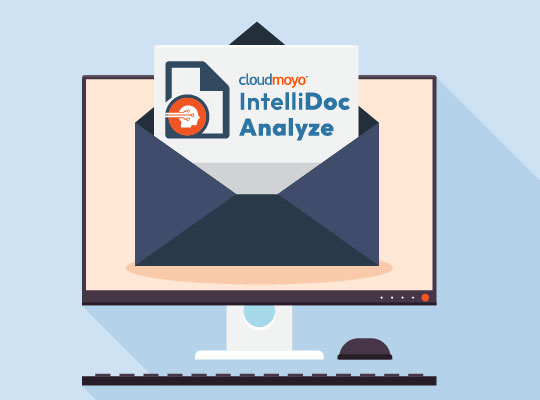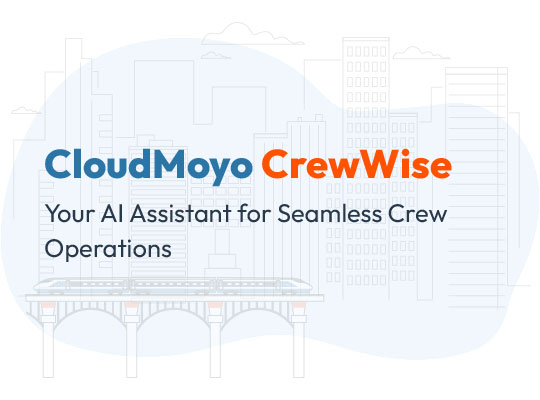Data quality is crucial to any successful Business Intelligence project. Poor data leads to poor reporting and decisions making capabilities. Data quality is a common issue in Business Intelligence as most of can identify and acknowledge. But, how do we define data quality?
Do you know some of the major characteristics that make up data quality? Data must be quantifiable, historical, uniform and categorical. It should be held at the lowest-level granularity, be clean, accurate and complete, and displayed in business terminology, etc. These characteristics could be the difference between poor and good data quality or may even help you identify where your data needs improving.
Implementing a data quality strategy is not as simple as installing a tool or a one-time fix. Organizations across the enterprise need to work together to identify, assess, remediate, and monitor data with the goal of continual data improvements.
Are you planning to implement an enterprise-wide data quality strategy? Here are 5 myths that you need to know before implementing the data quality assessment.
Myth No.1: Organization’s data is accurate and clean
You may have built several safeguards to filter and refine your data, but it is nearly impossible to get rid of the issues. Unclean data will manage to enter no matter how many safeguards you have. Business and its data grows together. However, some business groups do not understand the impact of wrong data-entry. For example, Sales team faces constant pressure that they keep data entry as the low priority task. Training must be given to the data entry teams to ensure data is entered and managed correctly.
Myth No.2: Profiling and interrogating the data values is not important:
Common mistake done by almost every business- ignoring the evaluation of their data and knowing/understanding the value of the most critical data elements. Remember, you cannot improve the quality of the data without first knowing its value or current status. Whereas data profiling tool helps in visualizing how a data set (each data element) looks like, what’s the current status of a data, how valuable a data is, etc. It provides all the information related to physical structure of a data set like name, size, type, data values, etc. These information helps the data governance and business team to know and identify data issues, data values and solution to the issues.
Myth No.3: Following the data quality roadmap is not mandatory
Agreed! It could be difficult to stick with the scope of the data quality roadmap. When the project starts, take multiple directions and navigates to different routes without hitting the original roadmaps. However, keeping the data quality project synchronized with the scope and sequence of the original roadmap is important. It helps avoid multiple diversions, support team members, database developers, the data governance team, the business community to ensure they are going the right directions. Roadmaps help in making sense of the set of business domain. Unless there are severe circumstances that force a change, roadmap needs to be followed. Any changes can only be brought with standard change control processes, with proper documentation, review and approval.
Myth no.4- We can dodge the Assessment Phase
You cannot afford to bypass the organization’s data assessment phase. Some organizations believe they are well-versed with their business data, its quality and the value that they can draw from it. Therefore, they don’t analyze or evaluate the critical data quality and miss the chance to bring significant value to the business assets. This is the reason, you must never skip the enterprise data and application assessment phase that identify, assess, remediate and monitor data. In this phase, the business experts, domain experts, data governance team work together to identify data elements that can bring value to different/important business domain. They profile and analyze all the critical data elements to know their worth. In the assessment phase, they also develop metrics to give a high-level view to data quality and associated data elements.
Myth No.5: Data quality strategy can be built in one large project
Creating a data quality strategy in one large project is always a wrong idea. Start with small sub projects. It gives you an opportunity to test your idea in relatively smaller landscape and helps you ensure everything is going as planned. It will also give you a vision to know whether you’re going on a right direction. As you move further in the process, if needed, you can work on improvising the processes, tools, reporting metrics, etc. You can also continually improve the quality of other new projects.
Are you planning a revamp of your data platform? Do you need to improve your data quality? Then let us help you. Take our ultimate 5-day data modernization assessment to evaluate your current state for data management and BI. Register now!



















